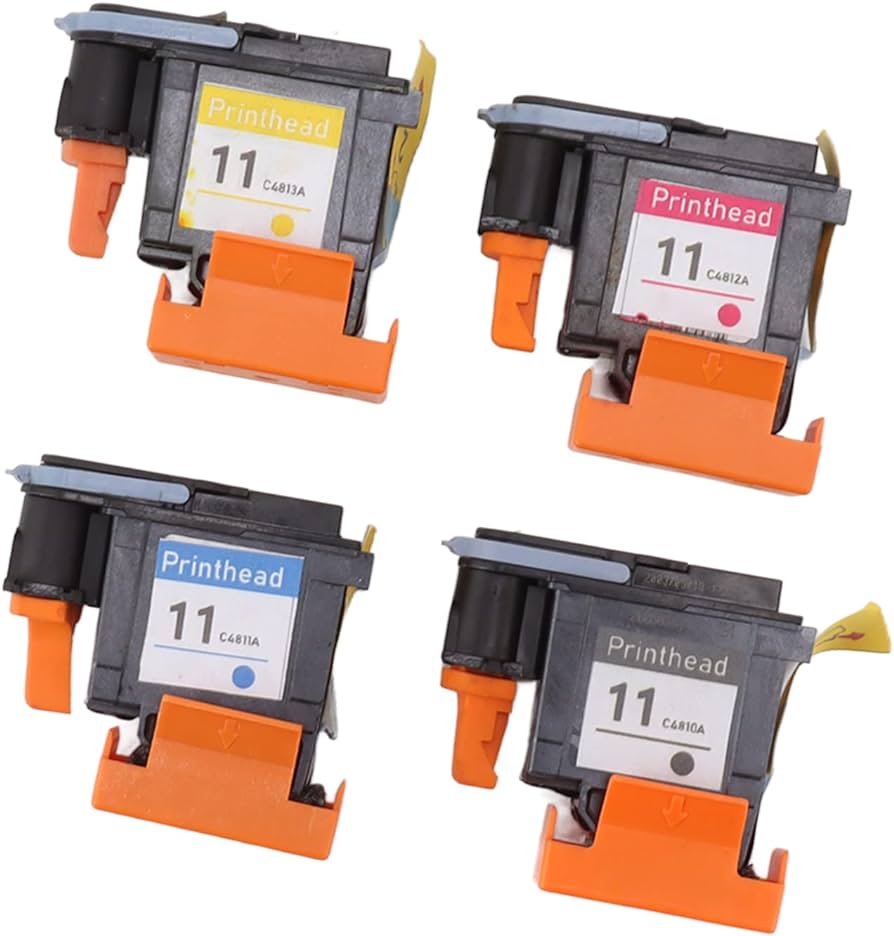Introduction
When it comes to cleaning printer heads, using alcohol as a cleaning agent is a common practice. Alcohol can effectively dissolve ink residue and debris, restoring print quality and ensuring optimal printer performance. In this comprehensive guide, we will explore the advantages and considerations of using alcohol to clean printer heads. By addressing its effectiveness, safety precautions, and alternative cleaning methods, we aim to provide you with the necessary information to make an informed decision about cleaning your printer heads.
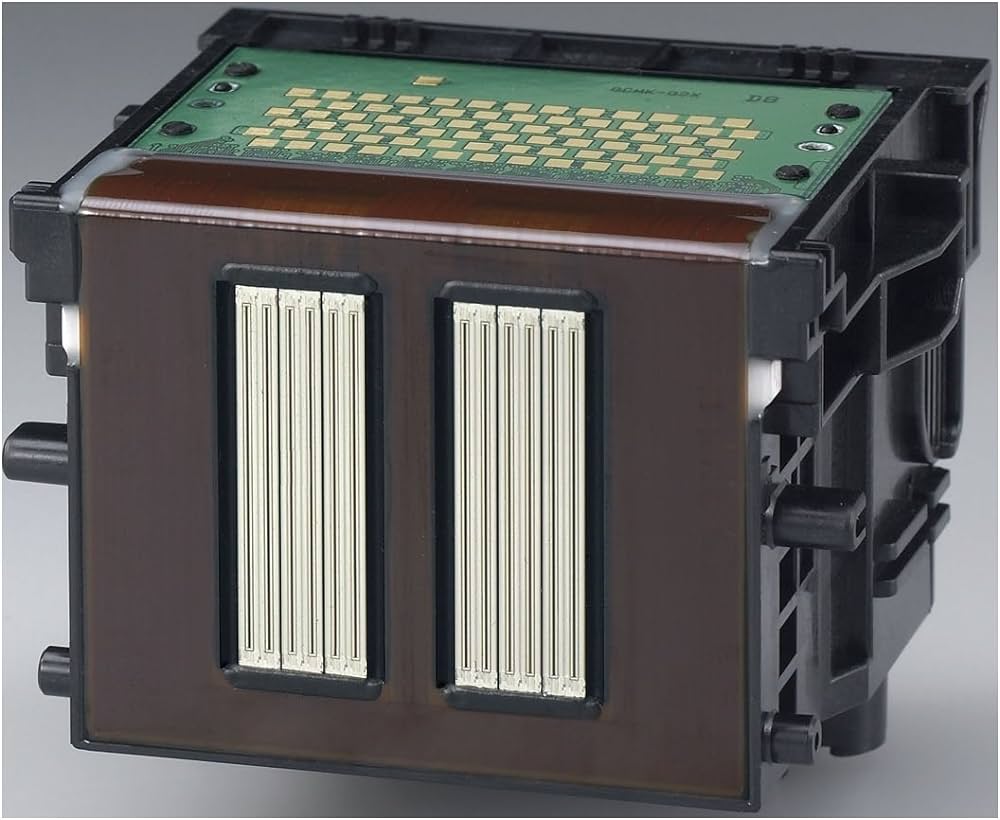
Is it OK to clean printer heads with alcohol?
I. Advantages of Using Alcohol for Cleaning
-
Ink Dissolving Properties:
- Alcohol, particularly isopropyl alcohol, has excellent ink-dissolving properties. It can effectively break down and dissolve dried or stubborn ink residue on the printer heads, helping to unclog and restore ink flow.
-
Evaporates Quickly:
- Compared to other cleaning agents, alcohol evaporates rapidly, leaving minimal moisture behind. This ensures that the printer heads are not overly saturated or exposed to excessive moisture, reducing the risk of damage or malfunction.
-
Versatile and Widely Available:
- Alcohol is a versatile cleaning agent that can be easily obtained in various forms, such as isopropyl alcohol or rubbing alcohol, from pharmacies or hardware stores. Its availability makes it a convenient choice for many printer owners.
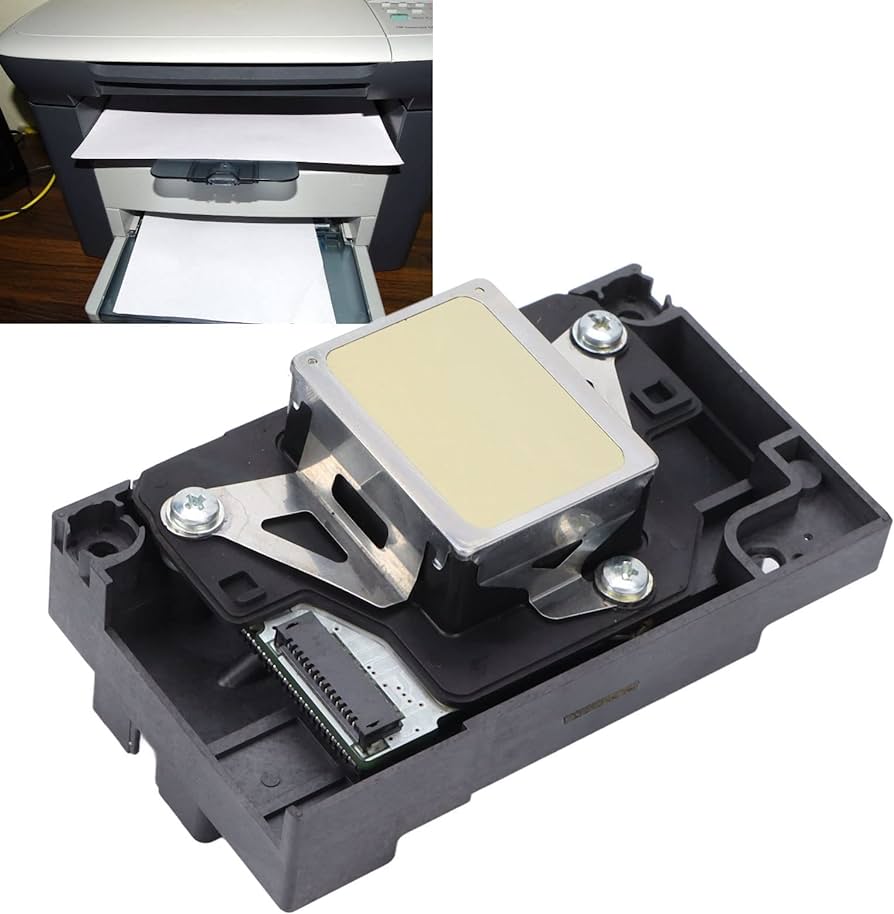
II. Understanding Different Types of Alcohol
-
Isopropyl Alcohol:
- Isopropyl alcohol, commonly known as rubbing alcohol, is the most commonly used alcohol for cleaning printer heads. It is readily available and typically comes in varying concentrations, with 70% and 99% being common options. The higher the concentration, the more effective it is at dissolving ink residue.
-
Ethyl Alcohol:
- Ethyl alcohol, also known as ethanol, is another type of alcohol that can be used for cleaning printer heads. While less commonly used than isopropyl alcohol, it shares similar properties in terms of ink solubility and quick evaporation.
III. Safety Precautions and Considerations
-
Consult Printer Manual or Manufacturer Guidelines:
- Before using alcohol to clean your printer heads, consult your printer’s manual or the manufacturer’s guidelines for specific instructions and recommendations. Different printer models may have unique requirements or restrictions regarding cleaning agents.
-
Power Off and Unplug:
- Prior to cleaning the printer heads, ensure that the printer is turned off and unplugged from the power source. Safety should always be the top priority, and this precaution minimizes the risk of electrical mishaps or injury during the cleaning process.
-
Use in Well-Ventilated Area:
- When using alcohol to clean printer heads, ensure that the area is well-ventilated. The fumes from alcohol can be strong, and adequate ventilation helps prevent inhalation of the fumes, which can cause discomfort or dizziness. It is generally not recommended to connect your printer to the computer or initiate any printing tasks while actively cleaning the printer head.
-
Avoid Contact with Plastic or Rubber:
- Some printer components, such as plastic or rubber parts, may be sensitive to alcohol. Before applying alcohol directly to printer heads, test it on a small, inconspicuous area to ensure it does not cause damage or discoloration. If alcohol causes any adverse effects, consider using alternative cleaning methods.
-
Prevent Direct Contact with Electrical Components:
- Take care to avoid direct contact between alcohol and electrical components. This includes connectors, circuit boards, or any exposed electrical parts. Excessive moisture or contact between alcohol and these components can lead to malfunction or damage.
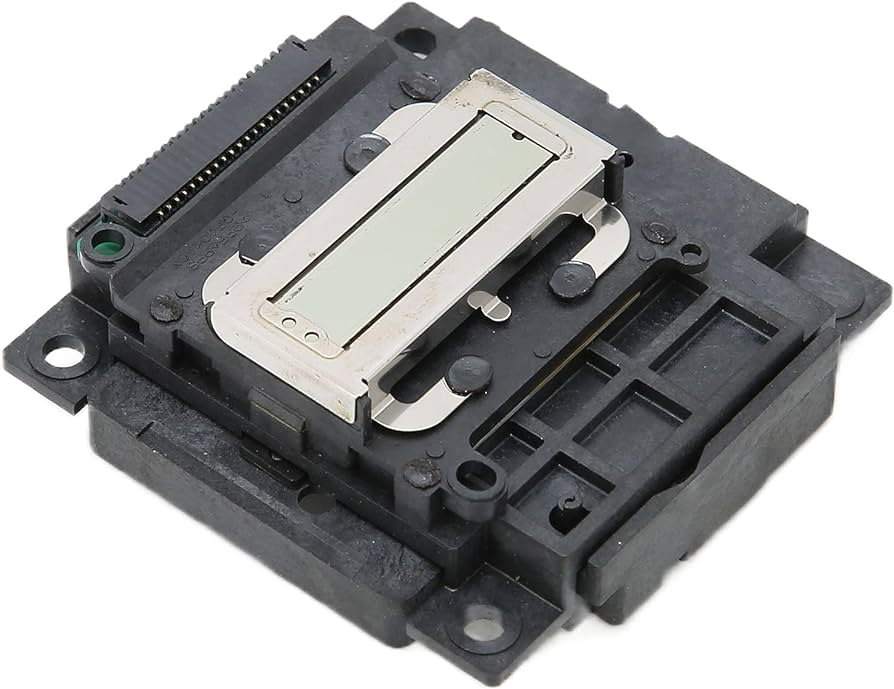
IV. Steps for Cleaning Printer Heads with Alcohol
-
Preparation and Gathering Supplies:
- Gather the necessary supplies, including alcohol (isopropyl or ethyl), lint-free cloths or swabs, distilled or filtered water, and a container for excess cleaning solution. Ensure the printer is turned off and unplugged.
-
Access Printer Heads:
- Open the printer cover or access panel to locate the printer heads. Refer to the printer manual for specific instructions on accessing the printer heads for cleaning.
-
Dampen a Lint-Free Cloth or Swab:
- Moisten a lint-free cloth or swab with alcohol. If using isopropyl alcohol, it is recommended to use a lower concentration, such as 70%, to avoid excessive moisture. Alternatively, you can dilute higher concentrations with distilled or filtered water.
-
Gently Wipe Printer Heads:
- With the damp cloth or swab, gently wipe the printer heads in a sweeping motion. Apply slight pressure to remove debris or ink residue. Take care to avoid excessive pressure or rough movements that could damage delicate components.
-
Repeat as Needed:
- If the printer heads are heavily clogged or have persistent residue, repeat the wiping process with fresh, dampened cloths or swabs until the heads are visibly clean and free from debris.
-
Allow Sufficient Drying Time:
- After cleaning the printer heads, give them ample time to dry completely before closing the printer cover or attempting to print. This ensures that the printer heads are not exposed to any residual moisture that could affect print quality.
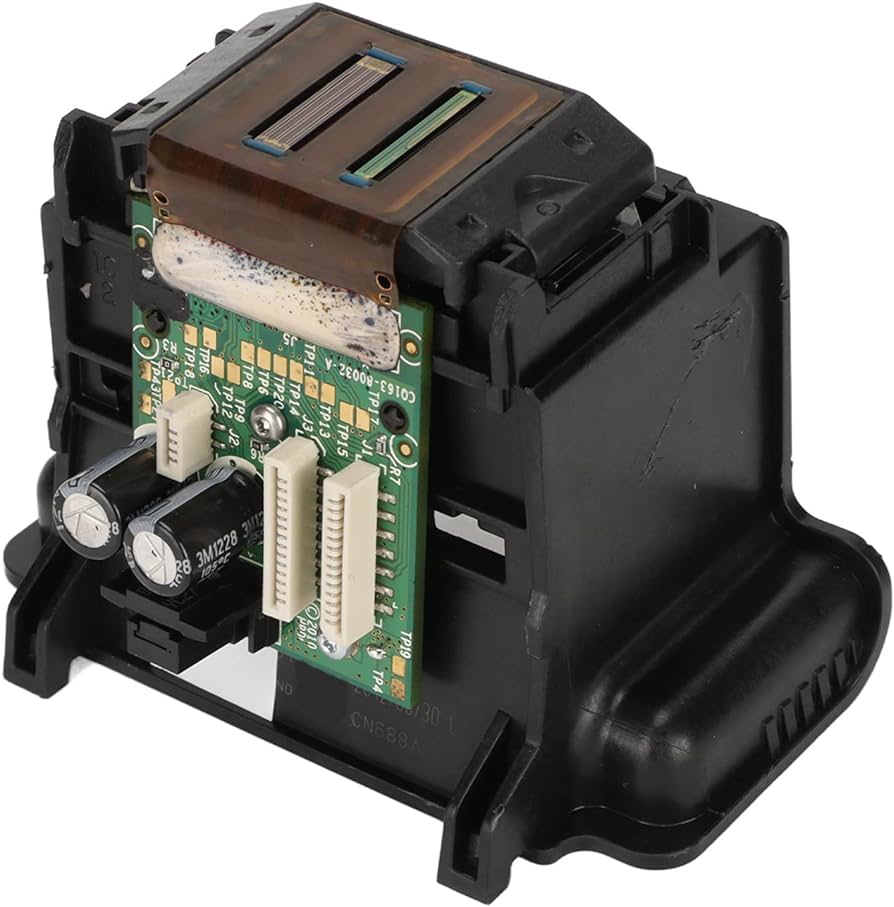
V. Alternative Cleaning Methods
-
Distilled or Filtered Water:
- If you prefer to avoid alcohol or if your printer manufacturer recommends against using it, distilled or filtered water can be an effective alternative. Dampen a lint-free cloth or swab with water and gently wipe the printer heads following the same techniques as with alcohol.
-
Manufacturer-Recommended Cleaning Solutions:
- Some printer manufacturers provide specific cleaning solutions or kits for cleaning printer heads. These solutions are designed to be safe for use with their printers and can effectively remove ink residue. Follow the manufacturer’s instructions when using these specialized cleaning solutions.
-
Commercially Available Print Head Cleaners:
- There are commercially available print head cleaners specifically formulated to dissolve ink residue and clean printer heads. These cleaners often come in kit form and may include cleaning agents, tools, and instructions. Follow the provided instructions and guidelines for optimal results.
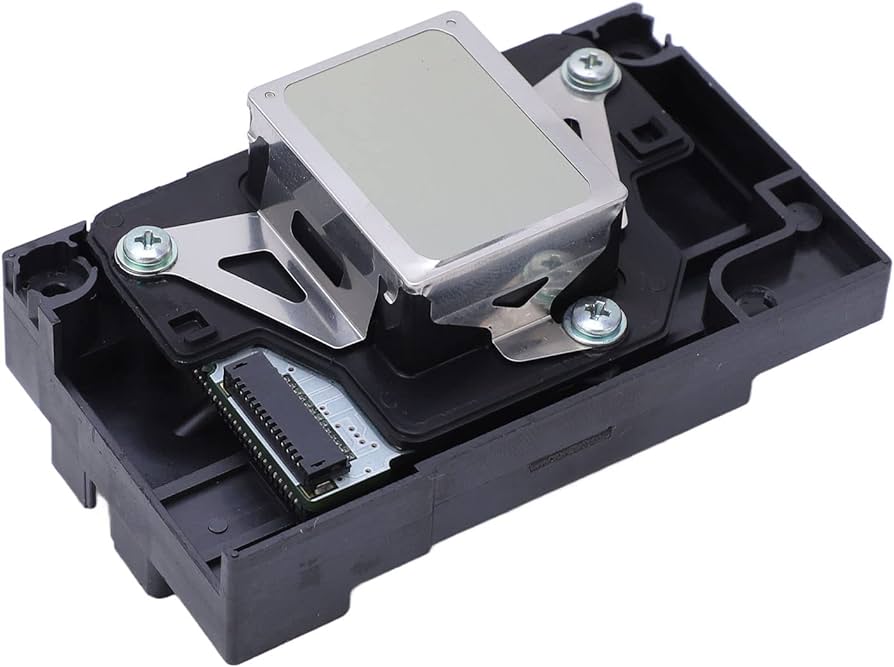
VI. Conclusion: Making Informed Decisions for Printer Head Cleaning
Cleaning printer heads with alcohol can be an effective method for restoring print quality. Isopropyl alcohol and ethyl alcohol have ink-dissolving properties and evaporate quickly, making them convenient choices for many printer owners. However, it is crucial to exercise caution, follow safety precautions, and consult your printer’s manual or manufacturer’s recommendations.
Alternative cleaning methods, such as using distilled water or manufacturer-recommended cleaning solutions, offer viable options for those who prefer to avoid alcohol or have specific printer requirements.
Regardless of the cleaning method chosen, regular maintenance and cleaning of printer heads are essential to ensure consistent print quality and prolong the lifespan of your printer. By following the appropriate cleaning techniques and considering safety precautions, you can effectively clean printer heads and enjoy clear, vibrant, and professional-looking prints.

